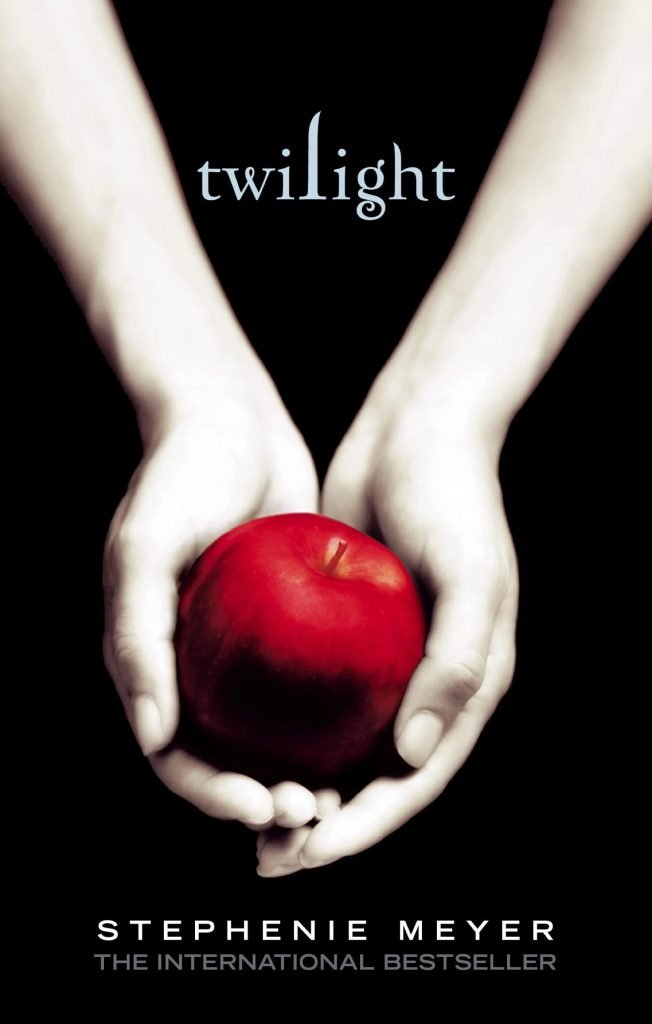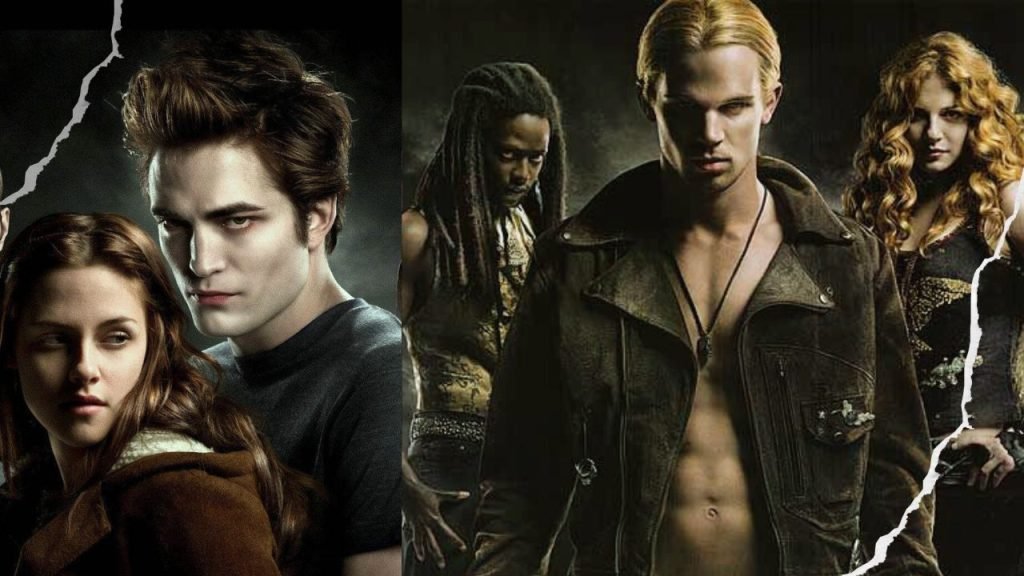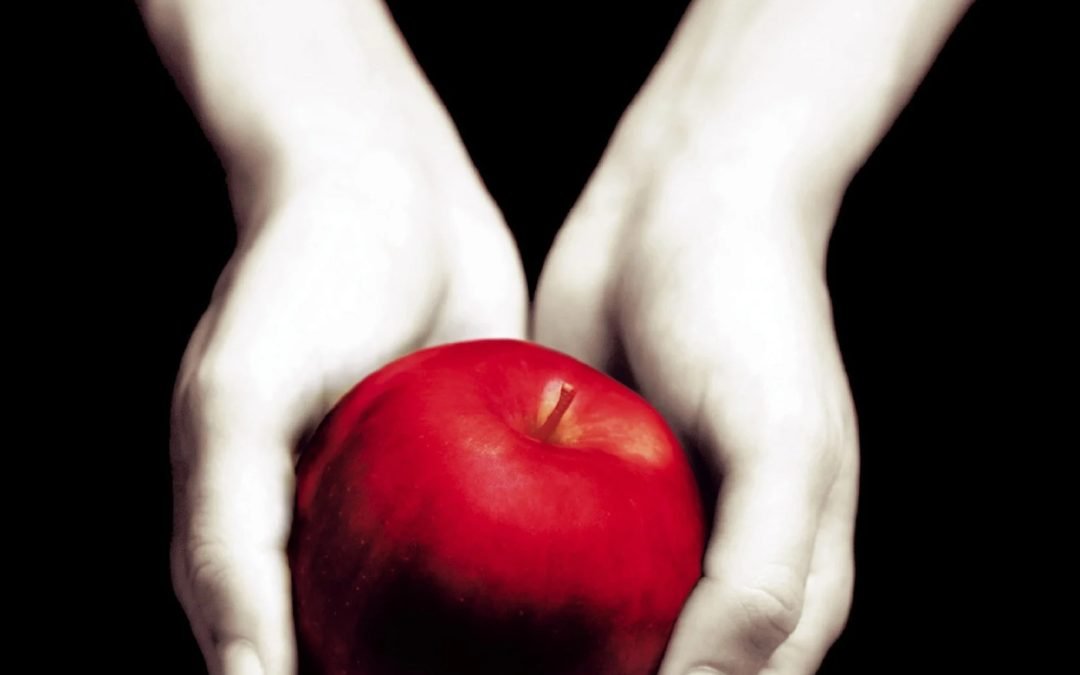Exploring the Dusk: A Deep Dive into Twilight (2008)
In the heart of the 2000s, amidst a burgeoning interest in vampire lore and teenage romance, emerged a film that would mark a significant moment in pop culture: “Twilight.” Directed by Catherine Hardwicke and based on the bestselling novel of the same name by Stephenie Meyer, “Twilight” not only captivated millions of hearts worldwide but also sparked debates, fan frenzies, and a resurgence of vampire-themed media. As we delve into the first installment of this cinematic saga, it’s essential to explore its narrative charm, thematic depth, and the legacy it has carved within the annals of fantasy romance cinema.
The Story Unfolds
“Twilight” introduces us to Bella Swan (Kristen Stewart), a seemingly ordinary teenager who moves to the small, perpetually overcast town of Forks, Washington, to live with her father. Here, she encounters Edward Cullen (Robert Pattinson), a mysterious and alluring classmate who harbors a deep secret—he is a vampire. Unlike traditional vampire lore, Edward and his family are “vegetarian” vampires who choose to consume animal rather than human blood. The story weaves a complex tapestry of forbidden love, existential dilemmas, and the quintessential battle between primal instincts and moral compasses.
The Cultural Phenomenon
Upon its release, “Twilight” rapidly transformed from a mere cinematic experience into a global phenomenon. It wasn’t just the hauntingly beautiful landscapes of the Pacific Northwest or the chemistry between its leads that captured the imagination of millions; it was also the film’s exploration of eternal themes of love, belonging, and the struggle for identity. The movie’s success spawned a franchise, including sequels that continued the story of Bella and Edward, further embedding itself into the fabric of early 21st-century pop culture.
Aesthetic and Thematic Depth
One of the most striking aspects of “Twilight” is its unique aesthetic. The cool, blue-hued color palette creates an atmosphere brimming with mystique and suspense, perfectly complementing the story’s ethereal and otherworldly themes. Additionally, the film’s soundtrack, featuring artists like Paramore and Muse, perfectly encapsulates the angst and euphoria of teenage romance set against a backdrop of supernatural intrigue.
Thematically, “Twilight” delves into the complexities of identity and the other, examining how love can transcend the boundaries of the natural and the supernatural. It also poses questions about the nature of desire, the fear of aging, and the longing for immortality, themes that resonate deeply with the human experience.
The Legacy of Twilight

Despite receiving mixed reviews from critics, who often focused on its perceived flaws in storytelling and character development, “Twilight” undeniably left an indelible mark on its audience and the film industry. It redefined the parameters of the young adult genre, opening doors for a new wave of fantasy and romance narratives. Moreover, its impact on fan culture, manifested through fan fiction, fan art, and robust online communities, illustrates the profound connection between the saga and its audience.
As the years have passed, “Twilight” has been reassessed by many who now view it through a lens of nostalgia and appreciation for its contribution to cultural discourse and the shaping of a generation’s tastes and sensibilities.
Conclusion
“Twilight” remains a polarizing yet pivotal piece of cinematic history. It’s a testament to the enduring allure of the vampire myth and the universal quest for love and identity. As we reflect on its legacy, it’s clear that the twilight hours of Forks, Washington, continue to cast a long shadow, enchanting new viewers and reminding the old of the time when they first ventured into the dark, inviting world of Bella Swan and Edward Cullen.


